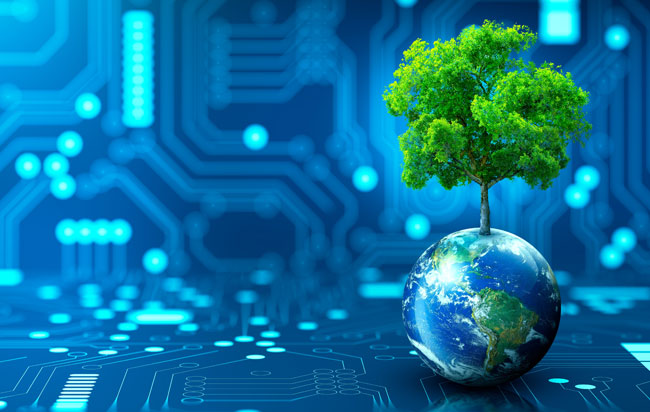WARF ADVANCES
Top licensing prospects from the University of Wisconsin-Madison
Improved Quinone-Based Compounds for Electrochemical Cells
UW-Madison chemists developed quinone-based redox mediators that are water soluble and stable in aqueous acid solutions. They can be used in fuel cells or flow batteries.
Read more
Improved Fuel Cell with Flow-Based Anode and Cathode
The catalyst is removed from the electrode in these fuel cells, enabling cheaper and/or more flexible systems.
Read more
Composite Electrode for Aqueous Rechargeable Zinc Ion Batteries
This layered vanadium oxide nanowire/graphene composite is a promising cathode material for aqueous rechargeable zinc ion batteries, which hold potential for large-scale energy storage systems.
Read more
Bearing-Less Electrostatic Flywheel
The bearing-less flywheel exchanges energy with a rotating flywheel using a regenerative controller via a rotating electrostatic field and also suspends the flywheel with an electrostatic field to provide a compact robust mechanism for energy storage.
Read more
Detecting Arsenic (III) Ions in Water Using Nanostructured Colloidal Metals
This electrochemical method can be used to detect arsenic contamination of water intended for human and animal consumption.
Read more
Gene Duplications For Crabtree-Warburg-Like Aerobic Xylose Fermentation
UW-Madison researchers have developed an engineered Saccharomyces cerevisiae strain capable of efficient fermentation of xylose to ethanol.
Read more
Read about more licensing prospects!
In the News
- Zapping manure with special electrode promises an efficient method to produce fertilizers, other chemicals
- Multitasking microbes: UW-Madison scientists engineer bacteria to make two valuable products from plant fiber
- Two new UW-Madison-led studies inform outlook on scaling of carbon removal technologies
- With UW-Madison assist, project could accelerate nation’s clean energy transition
- UW-Madison project combines art, policy and science to create plant-based plastics and benefit marginalized communities
- Newly developed material gulps down hydrogen, spits it out, protects fusion reactor walls
